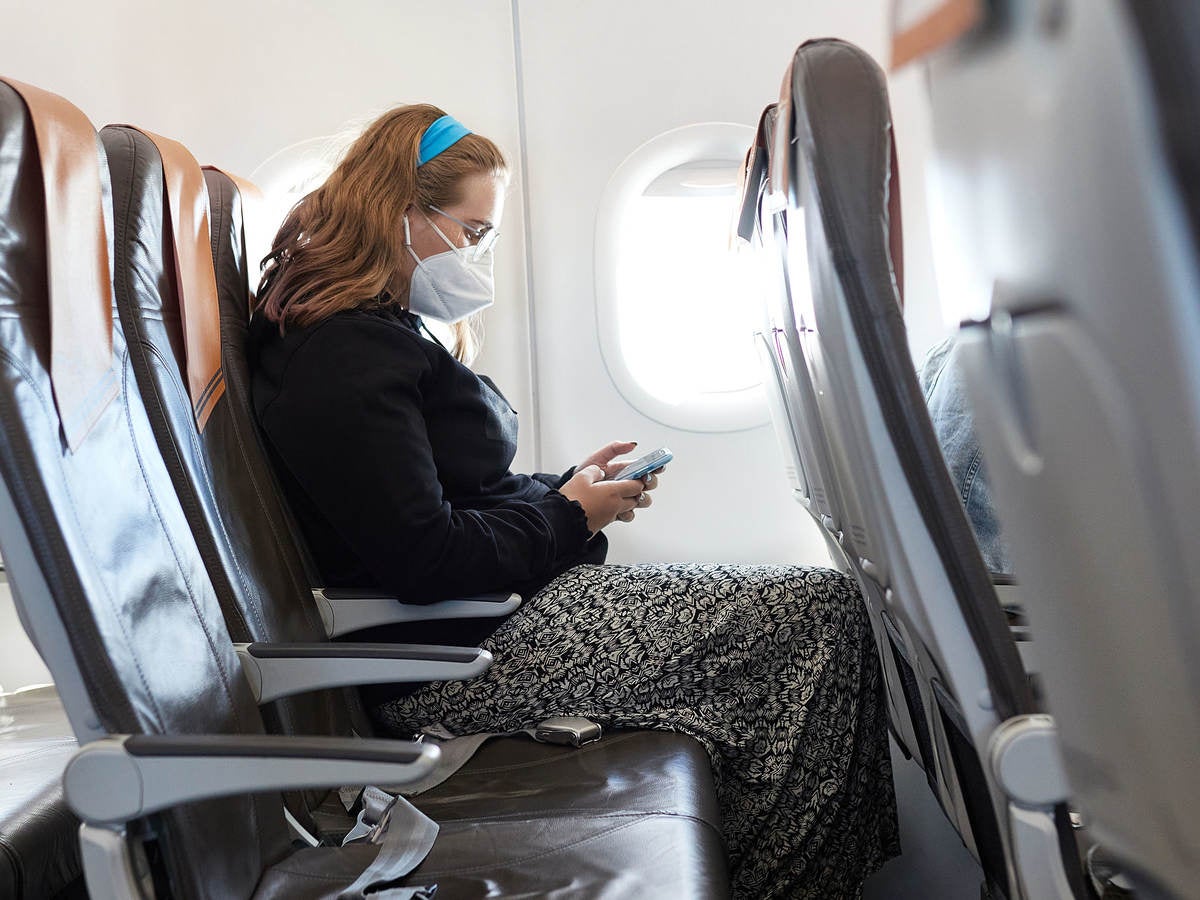Why fire containment bags are important
Damaged lithium-ion batteries in portable electronic devices (PEDs) can overheat quickly, leading to an increased potential for fires – a significant hazard on an airplane. Such devices include cellphones, tablets, electronic cigarettes and laptops.
With the growing prevalence of PEDs with lithium-ion batteries, airlines must take certain precautions to try to protect passengers and staff. Many commercial airlines require passengers to pack their PEDs in their carry-on baggage, which has led to an increase in the number of thermal runaway events—and subsequent battery fires—within the passenger cabin. These events cause alarm for the passengers, create costly delays if a diversion is required and pose unique containment challenges for airline crew members.
Airline personnel use battery fire containment products to mitigate fires and damage from thermal runaway events during flight. A growing industry concern, however, is knowing which fire containment products are effective and will meet their respective performance claims.
Testing and certification solutions for fire containment products and UL 5800
The UL 5800 Standard and accompanying test methods were developed to address the risks of thermal runaway events and standardize the performance of fire containment products.
ANSI/CAN/UL 5800, the Standard for Safety for Battery Fire Containment Products, is a voluntary, bi-national document currently recognized by Canada and the United States. It provides test methodology and performance criteria to evaluate products used to contain Personal Electronic Devices (PEDs) in the event of a battery fire. The Standard is currently limited to PEDs on passenger flights, but may be expanded in the future.
While the Federal Aviation Administration (FAA) has not developed test standards for these containment products, UL 5800 certification confirms a product meets specific performance requirements.
Service fulfillment
With a deep understanding of fire containment and the testing and certification model, we can work with you to tailor a test program to meet your organization’s needs.
Testing process
- Develop a scope and define the necessary tests for your unique fire containment product
- Address high-level construction and application concerns for each device
- Develop a test plan detailing the number of samples required
- Outline project phases
- Provide testing and certification cost quotes
- Define the follow-up service inspection procedure
Testing scope
When beginning the testing process to UL 5800, if a product is considered to have sharp edges, UL 1439 is used during the construction review for a safety evaluation of those edges. A period of instrumentation and conditioning of battery samples are completed in preparation for fire testing.
- Sample and fuel load instrumentation and conditioning for testing
- Fire test and resulting data collection for measurement of temperature and smoke generation
- Fire test consists of heating the fuel load (batteries) contained within the device to first thermal runaway and then continues to collect data for six hours
- Visual observation of device for flaming, debris, shrapnel, visual smoking and charring
- Repeat two more times for a total of three tests; device must pass requirements three times for certification
UL Certification Mark
When a product passes all tests and meets Standard requirements, it earns a UL Certification Mark. The UL Mark is a highly trusted and credible third-party certification mark. Many consider it the gold standard in safety science testing and certification. Further, all UL Certified products are listed in UL Product iQ™ for easy reference and documentation.
The UL Mark signifies:
- The customer has submitted representative samples of the products to UL Solutions and UL Solutions has found them to comply with applicable requirements.
- The customer is authorized to apply the UL Mark on products that continue to comply with UL Solutions' requirements.
- The products are subject to UL Solutions' Follow-Up Service Program, which verifies a manufacturer is producing a product according to the requirements even after testing has been completed.
- A product that displays the UL Certification Mark is constructed in a manner consistent with the products submitted for testing.
Resources
Mitigating the Potential Disaster of Battery Fires During Flight
Passive Fire Protection: Fire Containment
Underwriters Laboratories Publishes Safety Standard for Battery Fire Containment Products
UL Solutions Launches In-Flight Battery Fire Containment Certification Services
Announcing testing and certification services for in-flight battery fire containment products in accordance with ANSI/CAN/UL 5800, the Standard for Safety for Battery Fire Containment Products.
UL 5800 Testing and Certification Aims to Diminish Risk from In-flight Thermal Runaway
A newly published Standard, ANSI/CAN/UL 5800, the Standard for Safety for Battery Fire Containment Products, intends to help the airline industry reduce the safety risk posed by lithium-ion batteries.
Get connected with our sales team
Thanks for your interest in our products and services. Let's collect some information so we can connect you with the right person.



